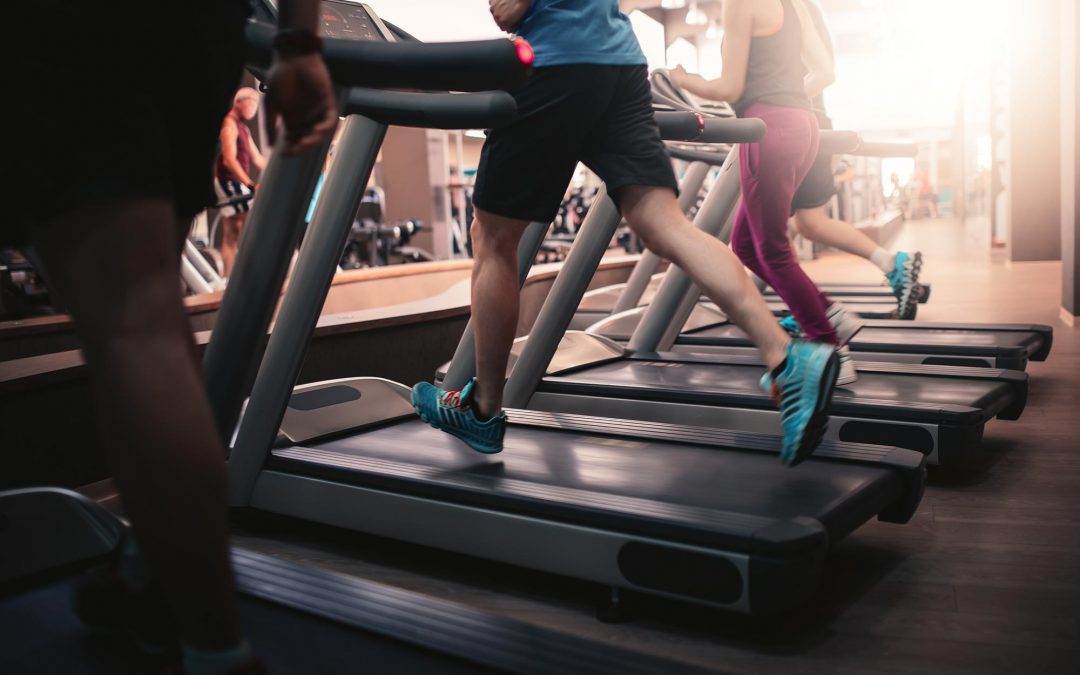We decided to shine a light on how people’s gym experiences vary. The Hussle team surveyed over 2,400 UK gym goers to reveal more about how fitness enthusiasts feel about this issue.
The survey queried whether respondents had personally felt intimidated or harassed at the gym, and whether they had felt the need to make any changes as a result of unwanted attention.
As of 2022, around 9.9m people in the UK had gym memberships, but with stories of harassment and intimidation at gyms continuing, some fitness fans are facing additional challenges when it comes to reaching their goals. Here’s what our research revealed.
Hussle’s Gym Harassment Survey
The results of our survey into experiences of harassment in gyms vary quite significantly between men and women. But there are also marked differences between different age groups, along with a number of regional differences which reveal more about the issue and how it might be tackled in the future. Read on and we’ll explore the data in more detail.
Harassment in gyms: the experiences of men vs women
Let’s start by looking at how experiences of harassment vary between men and women.
Hussle’s survey found a marked difference here, with females 2.1 times more likely to have felt harassed or intimidated whilst in the gym than men. Of the women surveyed, 18% reported feeling harassed or intimidated by other gym members, compared to 9% of men.
The impact of harassment was also more significant amongst female respondents. Hussle’s research found that 16% of women have felt pressured to change what they were wearing in the gym to avoid unwanted intimidation, while only 8% of men had felt the same way.
A link between age and likelihood of harassment
Harassment appeared to affect younger demographics more than older ones. The age group most likely to experience unwanted attention at the gym was females aged 16-20, with 20% of them reporting this.
The percentage of people who had had negative experiences at the gym declined as age increased. Of those aged 21-30 and 31-40, 13% and 14% had experienced harassment. Compare that to the oldest demographic surveyed, those aged 61 and over, and experiences of harassment drop down to 4%.
Reporting harassment and intimidation
Thankfully, Hussle’s research found that the majority of respondents would feel comfortable reporting harassment if they were to experience it at the gym. Of those surveyed, two thirds (69%) agreed that they would report any negative incidents.
The likelihood of harassment being reported did vary depending on the age of those impacted, however. Younger demographics (those aged 16-20) were least likely to report unwanted attention to staff (66%). By contrast, 82% of those aged between 51 and 60 stated that they would report harassment if needed.
Meeting people at the gym
While some people see the gym as a great place to meet new people and potentially form relationships, the vast majority do not agree.
Hussle’s research found that a whopping 88% of people agree that the gym is not a suitable environment to approach a stranger and ask them out on a date. More men thought it was acceptable (14%), than women (11%), but those who thought it was a great place to meet people were in the minority for both genders.
Regional differences in experiences of harassment
Hussle’s survey revealed interesting regional differences when looking at gym goers’ experiences of harassment during workouts.
There were also clear discrepancies in whether people were more or less likely to think it was acceptable to approach others at the gym, depending on where they were located.
Take the North East of England, for example. Here, just 5% of respondents found approaching others at the gym acceptable. Of respondents surveyed in the East of England, a much higher number (17%) thought it would be ok to approach other gym goers to ask them out on a date.
The likelihood of people experiencing harassment at the gym also varied quite considerably, according to location.
Gym members in the West Midlands were found to be least likely to encounter unwanted attention during a workout, with just 8% stating that they had. Those in the South East were far more likely to experience harassment. Of those surveyed in this region, 18% stated that they had been harassed or intimidated at the gym.
Sentiment regarding reporting harassment remained relatively similar across all regions, with the vast majority of respondents in all areas stating that they would report harassment if they encountered it. Those most likely to do so were located in the North West, where 76% said they would report harassment. Those least likely to report it were in the North East. Here, 64% of respondents stated that they would make similar reports when necessary.
Hussle also examined how far gym goers’ behaviour had been impacted by experiences of harassment, and regional differences were found here too. Of those surveyed in the South East, Greater London and Wales, 14% stated that they had felt that they needed to change what they wore to the gym to avoid unwanted interest. A far smaller percentage of people felt the same in the North East, however. Here, just 5% had felt it necessary to alter their choice of clothing due to harassment at the gym.



